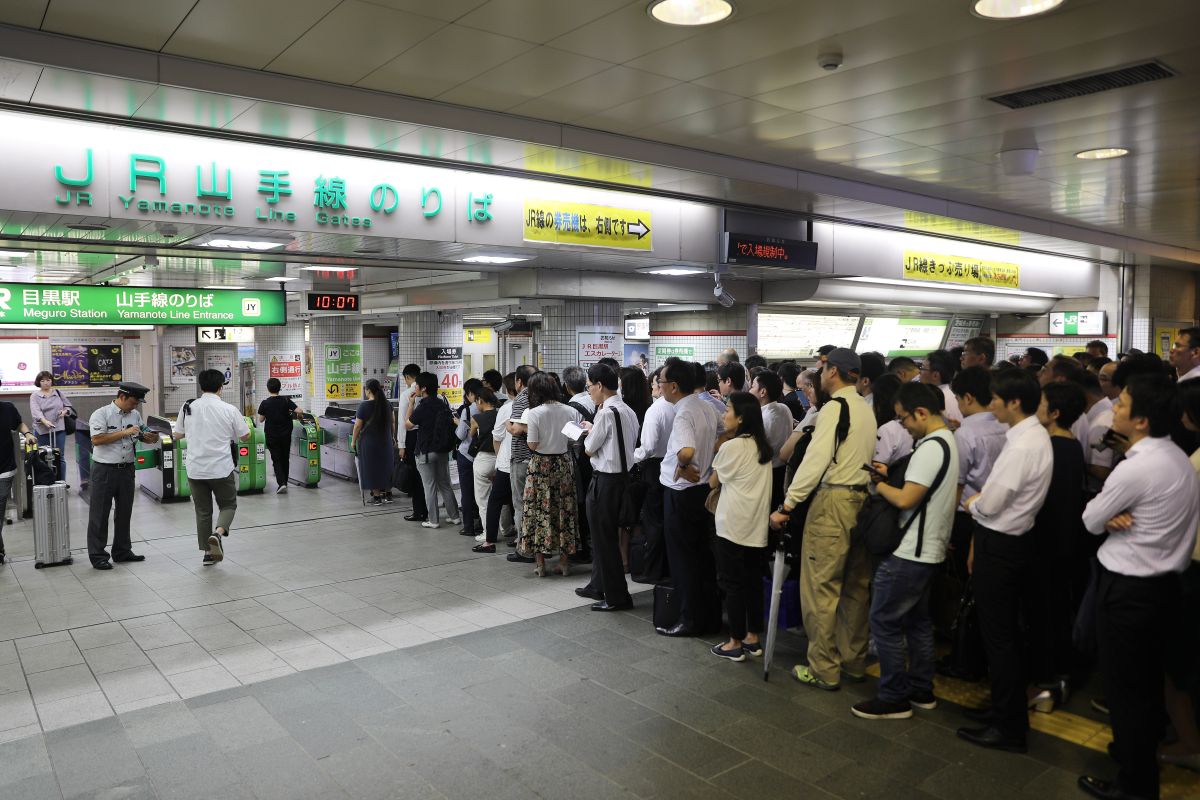Elon Musk hits out at Australia over ruling to hide stabbing videos
Tech billionaire Elon Musk has hit out at Australia over the country's attempts to ban footage of a Sydney church stabbing on his social media platform X.
The typhoon caused more than 100 flights to be scrapped and road and rail links to the airport were also badly affected, leaving many with no transport options to the city — 70 kilometres (45 miles) to the west.

(Photo: IANS)
Around 17, 000 passengers were stranded overnight at Tokyo’s Narita airport, according to officials on Tuesday, after it took a direct hit from a powerful typhoon that caused transport chaos throughout the capital.
The typhoon caused more than 100 flights to be scrapped and road and rail links to the airport were also badly affected, leaving many with no transport options to the city — 70 kilometres (45 miles) to the west.
“A total of 16,900 were stuck at the airport at midnight”, airport spokesman Kei Miyahara told AFP.
Advertisement
“Passengers are now beginning to go home or to their final destinations as buses and trains have resumed operations,” Miyahara said
Narita, which is located in Chiba and is one of the two international airports serving Tokyo – along with Haneda – was particularly affected, as the main train and bus links to the city were suspended due to the effects of the typhoon.
According to data from the airport operator, there were still some 9,300 people stranded in Terminal 2, another 3,300 in Terminal 1 and close to 700 in Terminal 3.
Trains from Narita to Tokyo have resumed their operations in recent hours, allowing many passengers to travel to the city.
The chaos came as Japan is preparing to host the Rugby World Cup later this month and with the 2020 Tokyo Olympics just around the corner.
There was “minor” disruption to some teams’ schedules, admitted a Rugby World Cup spokesman, with Australia’s arrival delayed and the England team, stuck for hours at the airport.
They passed the time in a particularly English way by playing cricket.
Miyahara said, “We delivered information in English and Japanese on digital signs, and made announcements in four languages” including Chinese and Korean.
“The airport operator will review their experiences and draw lessons later”, Miyahara added.
Advertisement